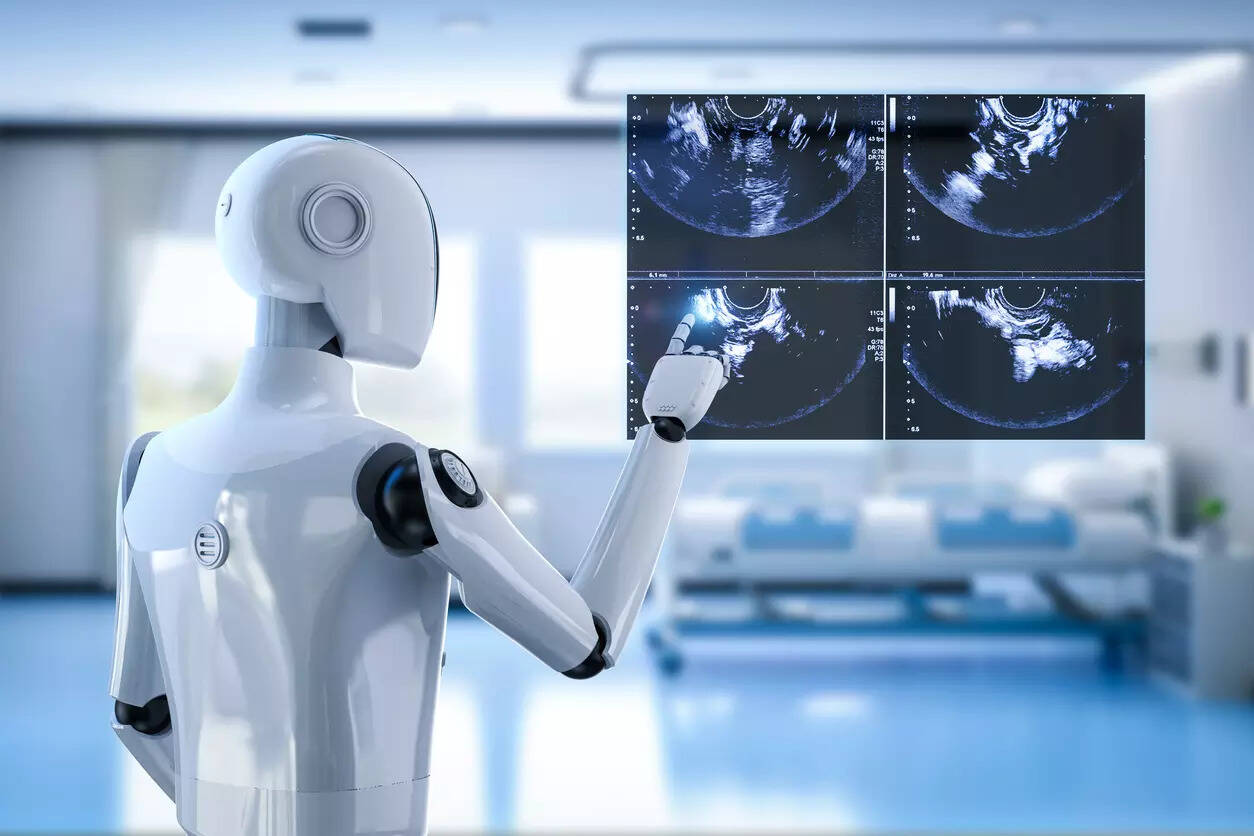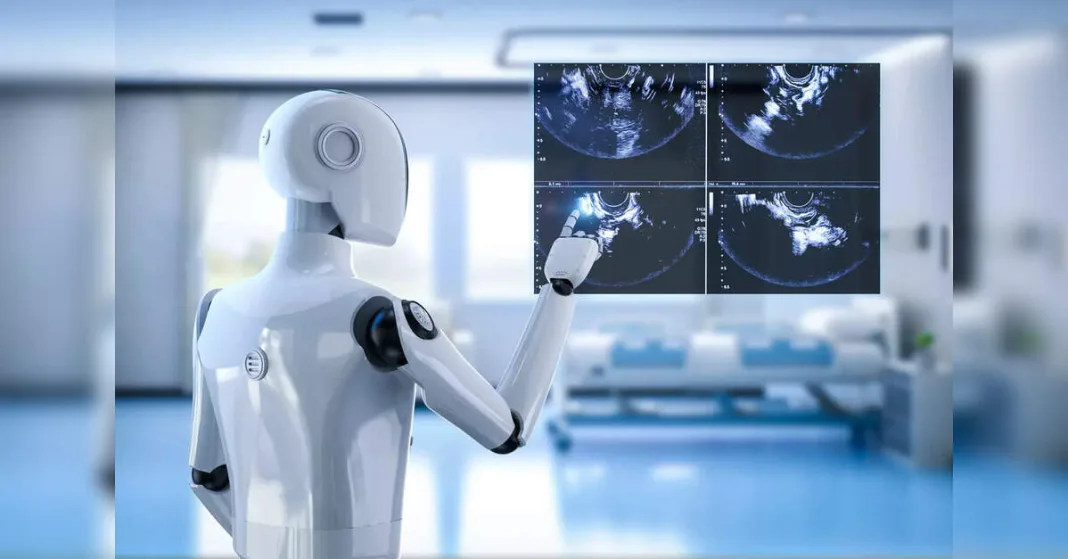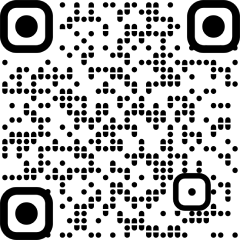
In a few short years, China may unveil something no one has seen before: a humanoid robot that can get pregnant. Not in the biological sense, but by hosting a fully functioning artificial womb.
The work is happening at Kaiwa Technology in Guangzhou. At the World Robot Conference in Beijing, project lead Dr Zhang Qifeng declared that the science is already there. The next step, he said, is putting it inside a robot’s body so that “a real person and the robot can interact to achieve pregnancy, allowing the foetus to grow inside.”
How it’s supposed to work
The womb itself isn’t science fiction. It’s a machine that mimics the uterus, with artificial amniotic fluid and a tube acting as the umbilical cord to deliver nutrients and oxygen. In 2017, US scientists managed to keep premature lambs alive for weeks in similar “biobags.”What’s different here is ambition. Dr Zhang’s team wants the robot to take the foetus from fertilisation all the way to birth. And unlike human surrogacy, which can cost many times more, they’re pitching a price of about 100,000 yuan (£11,000).
The pressure behind it
Infertility is rising fast in China. In 2007, it affected just under 12 percent of couples. By 2020, it had climbed to 18 percent. For millions, IVF cycles and artificial insemination end in disappointment.
On Chinese social media, one commenter welcomed the robot, saying: “Many families pay significant expenses for artificial insemination only to fail. The pregnancy robot contributes to society.”
Why it bothers some people?
But not everyone sees this as salvation. Critics warn that outsourcing pregnancy to machines could fracture maternal bonds or distort how society views parenthood. Feminist thinker Andrea Dworkin once argued that artificial wombs could mark “the end of women.”
Medical voices are uneasy too. Researchers at The Children’s Hospital of Philadelphia wrote in 2022 that artificial wombs risk turning pregnancy into a pathology, a condition to be managed, not a natural process to be lived.
The science is racing ahead of the law. Officials in Guangdong Province have already started talking with Kaiwa Technology about regulation.
Among the questions: Who counts as a parent? What rights does a robot-born child have? How do you stop a black market in eggs, sperm, or womb machines?
The potential upside is real. Artificial wombs could ease the dangers of pregnancy for women and offer hope to families otherwise shut out of parenthood. Yet the risks are equally clear: commodifying childbirth, undermining human bonds, and shifting reproduction from people to machines.
By 2026, we may see the first child born not from a mother, but from a machine. Whether that moment is hailed as progress or condemned as dystopia will depend on what kind of society meets it.







